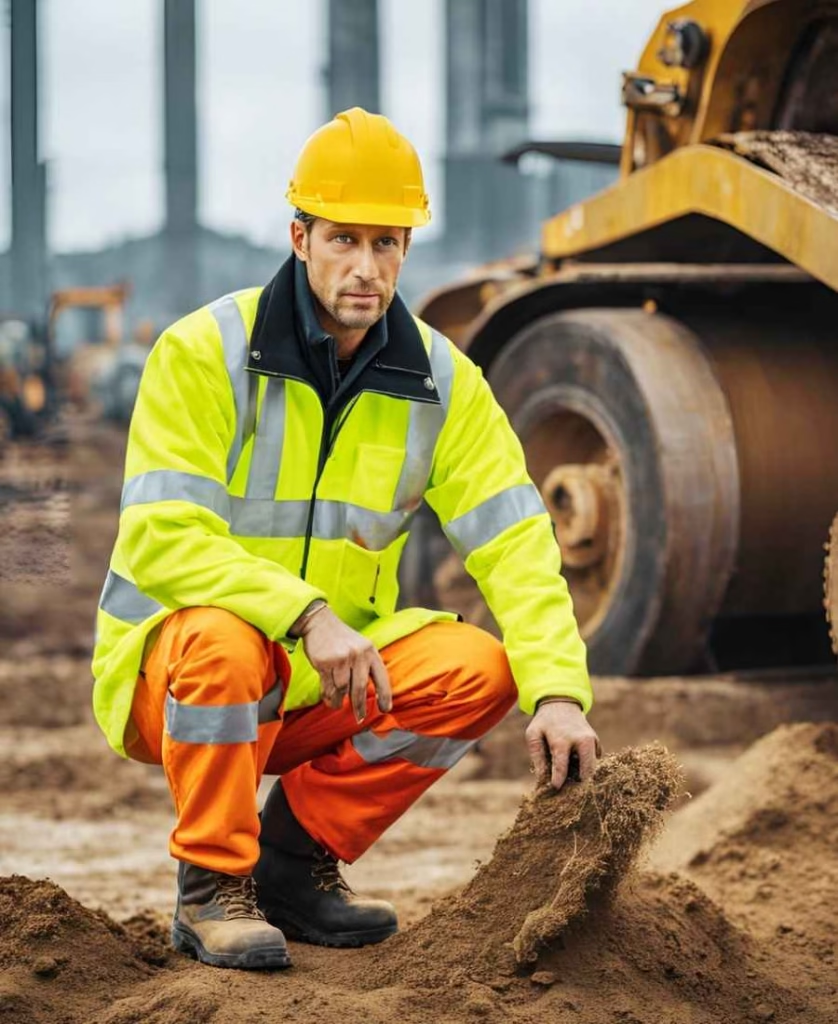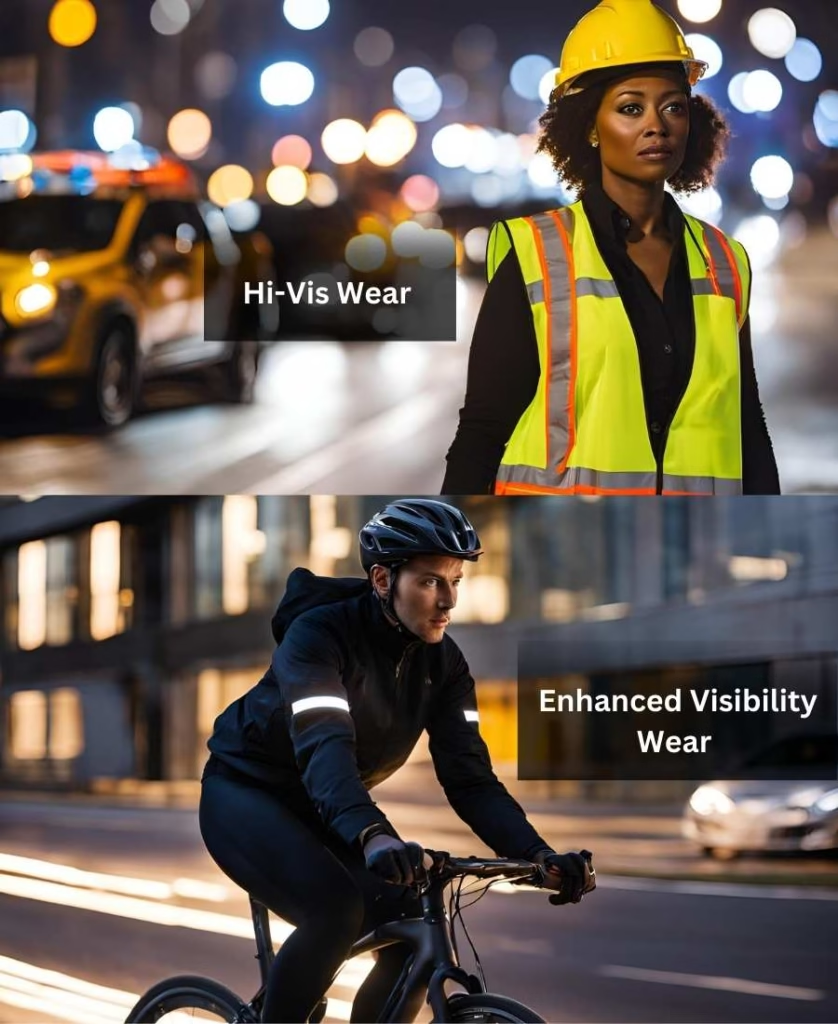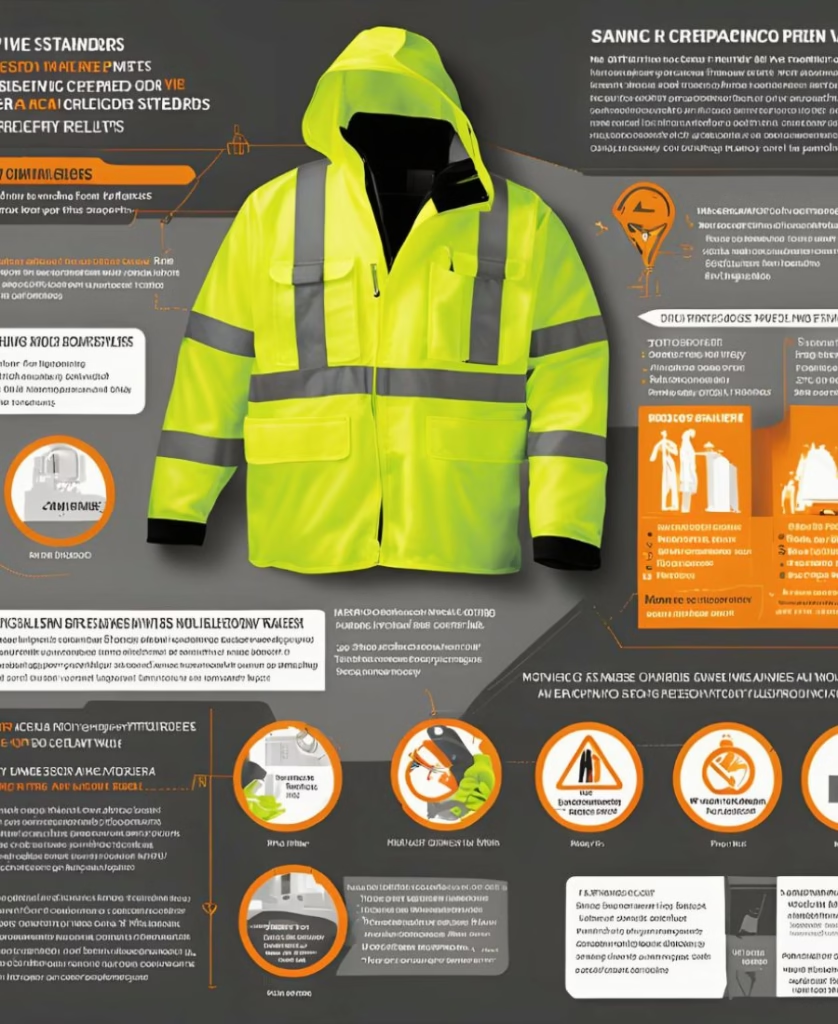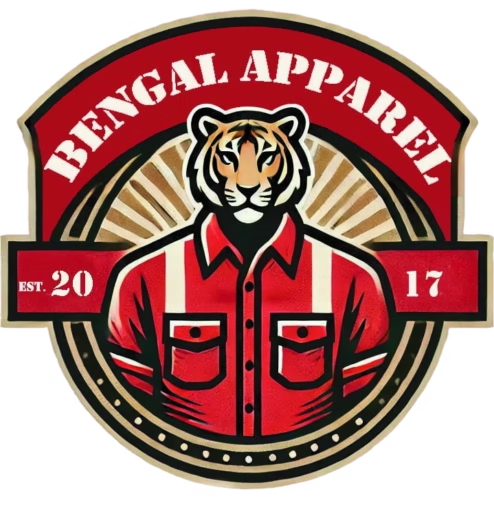When it comes to outdoor jobs, safety and visibility are paramount. Whether you’re working in construction, roadside maintenance, or forestry, high-visibility workwear for outdoor jobs is a non-negotiable requirement. It not only enhances safety by making workers visible in all conditions but also boosts efficiency by enabling clear identification of personnel in busy or hazardous environments. In this guide, we’ll explore the importance of high-visibility workwear, its key features, compliance standards, and how to choose the right gear for your team.
Why High-Visibility Workwear Matters for Outdoor Jobs
High-visibility workwear is more than just bright clothing; it’s a critical component of workplace safety. Outdoor jobs often expose workers to low-light conditions, unpredictable weather, and high-risk environments.
- Enhanced Safety in Hazardous Environments
Outdoor job sites, such as highways or industrial zones, often involve heavy machinery and fast-moving vehicles. High-visibility clothing ensures that workers remain visible to operators and drivers, reducing the likelihood of accidents.
- Improved Compliance with Safety Regulations
Government agencies like OSHA (Occupational Safety and Health Administration) mandate the use of high-visibility workwear in specific outdoor jobs. Non-compliance can result in hefty fines and increased liability for employers.
- Professional Image and Team Coordination
High-visibility workwear not only ensures safety but also helps in projecting a professional image. Matching uniforms create a sense of unity and make it easier to identify workers in large teams.
Key Features of High-Visibility Workwear for Outdoor Jobs
To be effective, high-visibility workwear must incorporate certain features that enhance visibility and durability.
- Bright Fluorescent Colors
Colors like neon yellow, orange, and lime green are used to maximize visibility during daylight. These hues are easily distinguishable from natural surroundings, ensuring workers stand out.
- Reflective Materials
Retroreflective strips on clothing improve visibility in low-light and nighttime conditions by reflecting light back to its source, such as vehicle headlights.
- Weather Resistance
Outdoor jobs often involve exposure to rain, snow, and extreme temperatures. High-visibility workwear made from waterproof and insulated materials ensures workers remain visible and comfortable in any weather.
- Durability and Comfort
Workwear for outdoor jobs should be made from durable fabrics like polyester or nylon to withstand wear and tear. Comfort is also essential, as workers often wear these garments for long hours.
.

Standards and Compliance for High-Visibility Workwear
ANSI/ISEA 107 Standards
In the United States, the ANSI/ISEA 107 Standard outlines the minimum requirements for high-visibility workwear. It classifies garments into three performance classes based on the level of visibility needed:
- Class 1: Suitable for low-risk environments with minimal traffic (e.g., parking lot attendants).
- Class 2: Ideal for moderate-risk settings, such as construction sites.
- Class 3: Designed for high-risk environments where maximum visibility is essential (e.g., roadside or nighttime work).
OSHA Requirements
While OSHA doesn’t have its own high-visibility standards, it enforces compliance with ANSI guidelines in specific industries. For example, workers in highway construction are required to wear ANSI-compliant high-visibility gear under OSHA regulations.
Choosing the Right High-Visibility Workwear for Outdoor Jobs
Selecting the appropriate high-visibility clothing depends on several factors, including the work environment, job roles, and compliance requirements.
- Assess the Work Environment
Evaluate the lighting conditions, weather, and risk factors at the job site. For nighttime or foggy conditions, prioritize gear with ample reflective materials.
- Identify the Correct Class
Determine the ANSI class required for your job site. For instance, Class 3 garments are essential for highway construction, while Class 2 may suffice for warehouse operations.
- Focus on Comfort and Fit
Poorly fitted workwear can hinder movement and reduce efficiency. Opt for adjustable designs that provide comfort without compromising visibility.
- Look for Additional Features
Some high-visibility workwear includes extra features like multiple pockets, hoods, or fire-resistant properties. Choose gear that suits the specific needs of your job.

Maintenance Tips for High-Visibility Workwear
To ensure high-visibility workwear remains effective over time, proper maintenance is essential.
- Regular Cleaning
Dirt and grime can reduce the brightness of fluorescent colors and the effectiveness of reflective strips. Use mild detergents and avoid harsh chemicals.
- Inspect for Damage
Regularly check for tears, fading, or loose reflective materials. Replace garments that no longer meet visibility standards.
- Follow Manufacturer Guidelines
Always adhere to the care instructions provided by the manufacturer to extend the lifespan of the workwear.
Industries That Rely on High-Visibility Workwear
Many industries mandate the use of high-visibility clothing to protect workers and maintain safety standards.
- Construction and Roadwork
Workers on highways, bridges, and urban construction sites require high-visibility gear to stay safe amid heavy machinery and traffic.
- Transportation and Logistics
Airport ground crews, delivery drivers, and warehouse personnel rely on high-visibility clothing for efficient operations and safety.
- Emergency Services
Firefighters, police officers, and paramedics often wear high-visibility uniforms to ensure they are easily identifiable in emergencies.
- Utility and Maintenance Workers
Electricians, plumbers, and maintenance teams working in public spaces benefit from high-visibility clothing for both safety and visibility.

Emerging Trends in High-Visibility Workwear
The high-visibility workwear industry is evolving to meet modern needs, with several innovative trends on the rise.
- Sustainable Materials
Eco-friendly high-visibility workwear made from recycled materials is gaining popularity as businesses focus on sustainability.
- Smart Technology Integration
Some manufacturers are incorporating LED lights and smart sensors into high-visibility gear to enhance safety and connectivity.
- Stylish Designs
Modern workwear combines functionality with aesthetics, offering sleek designs that workers are proud to wear.
Lorem ipsum dolor sit amet, consectetur adipiscing elit. Ut elit tellus, luctus nec ullamcorper mattis, pulvinar dapibus leo.

Benefits of Investing in High-Visibility Workwear for Outdoor Jobs
- Reduced Accidents and Injuries
Effective high-visibility workwear significantly lowers the risk of accidents in hazardous environments.
- Compliance with Regulations
Wearing ANSI-compliant gear ensures adherence to OSHA guidelines, avoiding potential fines and legal issues.
- Boosted Worker Confidence
Providing quality high-visibility clothing demonstrates a commitment to worker safety, boosting morale and productivity.
Conclusion
High-visibility workwear is a crucial investment for any business involved in outdoor jobs. It not only ensures the safety and well-being of workers but also aligns with industry standards and regulations. By understanding the features, compliance requirements, and maintenance tips for high-visibility clothing, you can create a safer and more efficient work environment.
Whether you’re managing a construction site, a logistics team, or emergency responders, choosing the right high-visibility workwear for outdoor jobs is an essential step toward achieving operational excellence and prioritizing worker safety.





